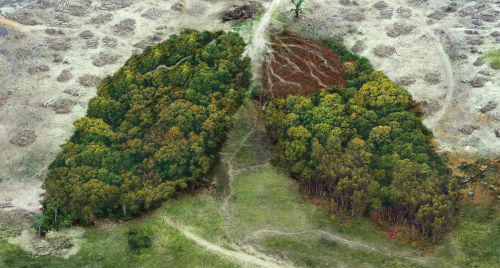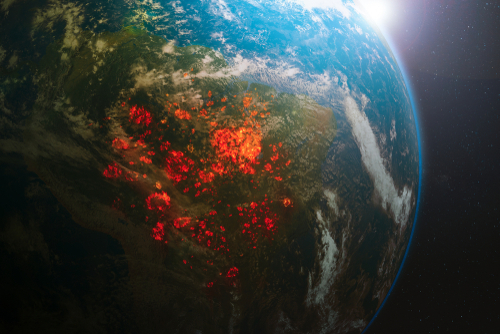Amazon Deforestation
Brazil’s former far-right President Jair Bolsonaro was responsible for one the worst periods of destruction of the Amazon rainforest over the last fifteen years, following his removal of environmental protection legislation. However, following the election of a new President, things are beginning to look a little hopeful for the future of the rainforest, as well as the rest of the planet.

The Amazon rainforest is huge, covering an area the size of Australia. It absorbs carbon, soaking up damaging greenhouses gases and releasing essential Oxygen into the atmosphere – it’s no coincidence that it’s called the “lungs of the planet”. Higher carbon dioxide levels in the atmosphere increases the temperature of the planet, melting the icecaps, affecting crop success, increasing droughts, flooding, fires and extinction events.
During the first six months of Brazil’s new President, Luiz Inacio Lula da Silva, destruction of the rainforest has reduced to the lowest levels since 2019, and shows a 33% reduction in deforestation compared to the same period last year. But, don’t get too excited. That still represents 1000 square miles of forest that has been cleared. President Lula has vowed to eliminated deforestation completely by 2030, so a positive start, but is his goal achievable, especially when there is so much economical pressure on him.
During Bolsonaro’s term in office Brazil’s environmental agency was stripped of the majority of it’s enforcement agents, something that President Lula will need to rapidly change if the control and eventual elimination of the destruction of the world’s largest forest is to be enforced effectively.

The destruction of the forest is not only man made. In June, the number of fires hit a record high of over 3000, thought to be the result of the deforestation caused last year, weakening the forest and making it more susceptible to fires in the face of droughts.
To support the preservation aim, President Lula has launched a grant program for the indigenous population in the region to sustain their livelihood and serve as wards of the rainforest, whilst at the same time increasing the amount of recognized indigenous land.
It’s long been documented that there is a direct link between the health of the rainforest and climate change, and this is perhaps mankind’s greatest chance to prevent that change from escalating and taking the planet over the tipping point.



